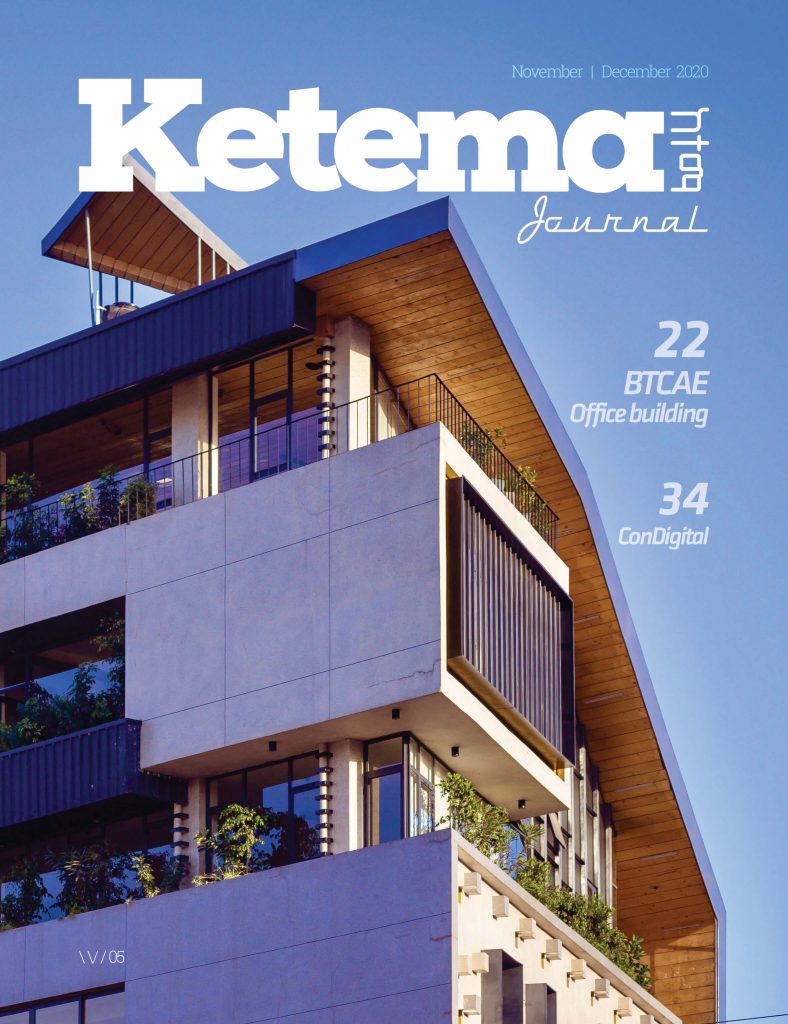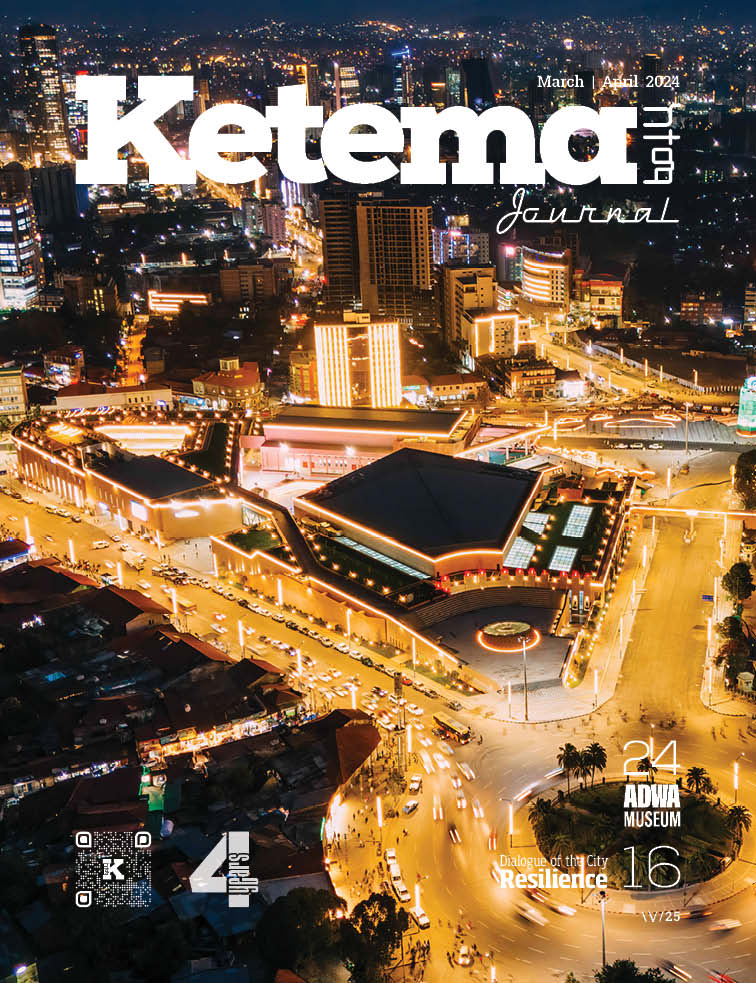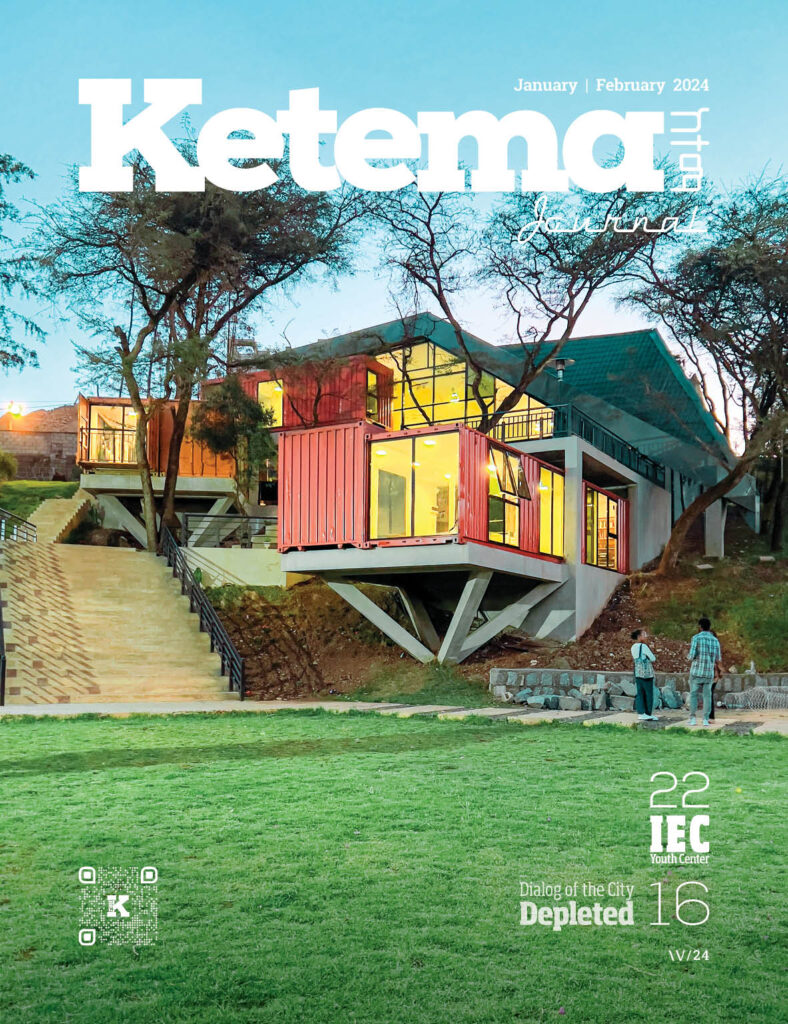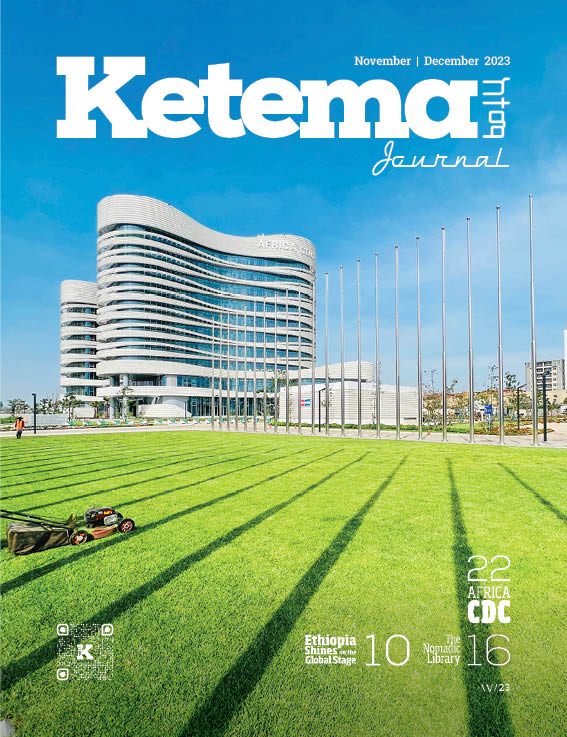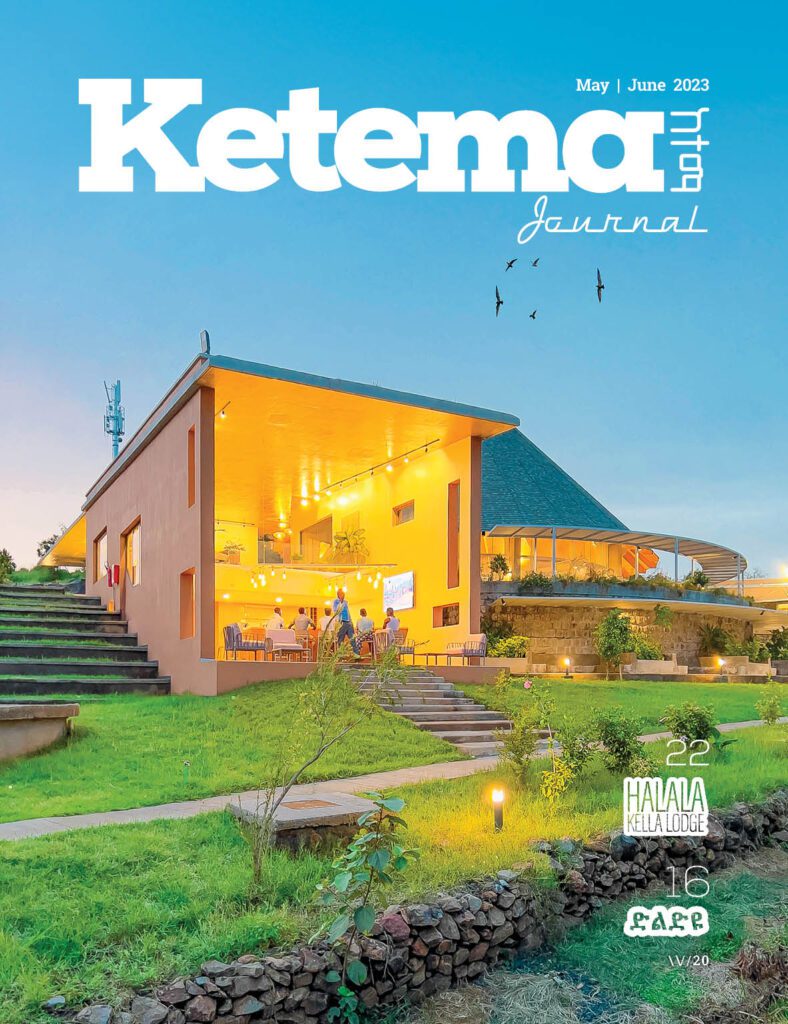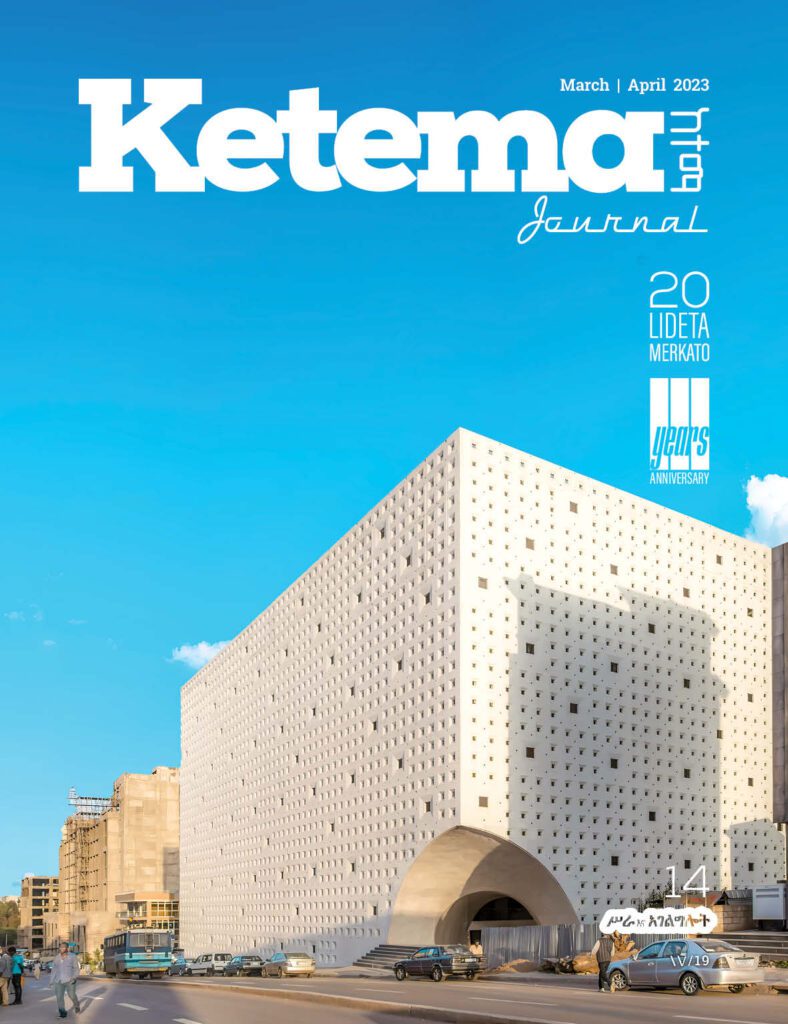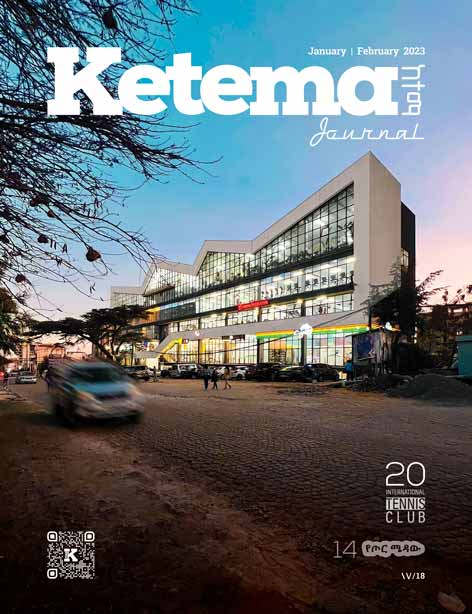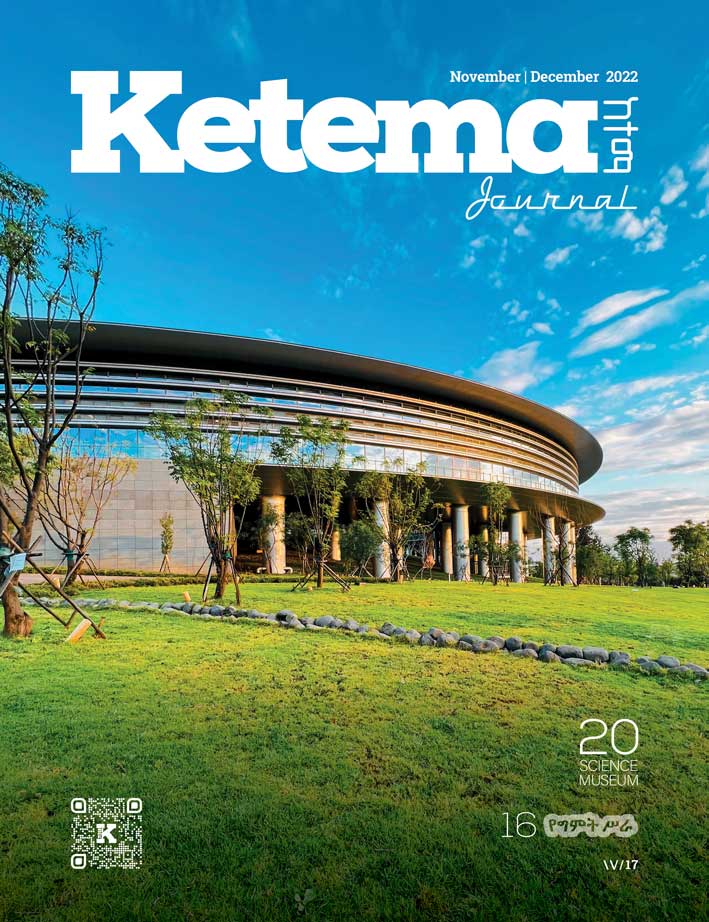December 10, 2020 marked the 25th successful session of the popular architects ወርሃዊ event where we discussed Architectural design challenges in the Ethiopian context. We would like to thank Zeleke Belay for a presentation that eloquently captured the essence of design competitions.
Zeleke started the discussion by recognizing the fundamental purpose of organizing a design competition is to get a good product. Then he discussed the three reasons why we are not getting good products from competitions despite conducting countless competitions in the past 10 years.
The first reason is that there is no recognition of the architect. The requirement to enter a competition favors companies and not architects. He criticized the current trend of competitions where invitation to participate is based on category of offices, and compliance to TOR’s with restrictive formats that require entrants to submit detailed drawings and expensive models. This ultimately makes competitions accessible only to consulting firms with resources. A design competition is more about the creative ideas by a designer, not about the company capacity.
‘‘In reality, winning a design competition is more prestigious for an architect than securing the project. And unless we reward and praise the designer, excellence will go down’’
Additionally, Zeleke stressed the need to make competitions open and conceptual; and argues, in a design competition, the creative idea shall take precedence. He also mentioned that competitions should be open to young architects and students who are keen to coming up with fresh ideas.
In an interesting example, He illustrated this idea by presenting Lucio Costa’s winning competition entry for Brasilia’s urban plan. The entry consisted of a single page concept sketch and 17 pages explanation. The jury recognized the winning idea out of 5,550 entries worldwide. Design competitions should encourage entrants to submit creative ideas rather than finished products.
The second reason discussed was the misunderstanding of competitions with bids. There is a trend whereby design entries are evaluated based on cost. Additionally the promoter negotiates design fees with the winner and if an agreement is not reached, they go to the second or third entry. It should be understood that design competitions, unlike bids, are about excellence and not about the cost of the service.
The third reason why we are not getting good products is the Jury; the composition of the jury should target those active in the industry and the identity of the jury should be announced before the competition is launched.
He further noted that juries have to be involved in the development of the TOR and observed that TOR’s are normally prepared by people who did not go through the design of the project themselves. The competitors are likely to be in a better position to do more explorations. The jury should recognize this fact and be open. Quite often, these types of TOR’s are pre-occupied with construction and are looking for a working drawing instead of a concept. In order to get good ideas from competitions, this thinking that comes from equating competitions with the mainstream making of projects has to change.
He further challenged the tendency of jury appraisals giving separate points for qualities such as function, aesthetics, cost etc. By recognizing that an entry should be evaluated in its totality, not in its individual parts. This approach has resulted in the selection of many unfitting projects.
Furthermore, Zeleke argues that competitions should be protected and the fate of the entries should not be left to the promoter. Important aspects such as the design fees should be established before launching the competition and further negotiations should not be allowed. In the conventional way projects are handled, design fee is negotiated before the project is designed. In design competitions it’s the reverse; the project is designed before any negotiation. This vulnerable position discourages and sets the architect to be abused.
The presentation was concluded by strongly pointing, without correct rules of engagement, no good architecture can manifest. There should only be one rule of engagement and AEA should take the lead.
Discussion points raised include, the role of AEA and its members in protecting competitions, establishing a high ethical standard for the industry and specific design competition cases were discussed.
It was noted in the discussions that the current agreed rules of engagement is the AEA design competitions bylaw and members should strengthen the association by participating only in competitions endorsed by AEA.
Competition experiences where the promoters abandoned the winning entries after conducting an international design competition were discussed. The design competition for the head quarter of CBE is one of the discussed cases.
Additionally, the idea of establishing a COMPETITION WATCH was discussed, a platform to inform members and AEA’s competitions chair about current competitions and competitions not endorsed by AEA.
